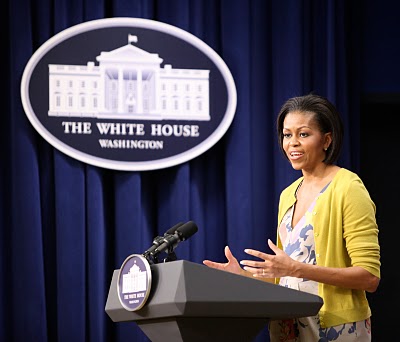Since our Beyond Coal Campaign is also committed to fighting dirty fuels such as liquid coal, we’re just as committed to stopping the latest dirty fuel threat: tar sands.
Tar sands is a thick, black dirt derived from the soil under the great forests of Canada, which energy companies are turning it into oil – and now there’s a push for the U.S. to import it.
Late last Friday saw the Department of State released its Draft Environmental Impact Statement (DEIS) for a massive pipeline designed to carry tar sands oil from Canada into the U.S. We’ve had a chance to scour the DEIS for this TransCanada Keystone XL pipeline, and it’s woefully inadequate.
The DEIS does not properly analyze the pipeline and its oil sands over the entire life-cycle of the fuel, as it erroneously states that “the crude oil delivered by the Project would be replacing similar crude oils from other sources; [therefore] the incremental impact of these emissions would be minor.”
Tar sands crude is not the same as conventional crude – as a matter of fact the synthetic crude oil produced from tar sands emits 20% more global warming pollution than conventional oil.
As a result, the global warming pollution from this project is staggering. Building this one pipeline would result in approximately 38 million metric tons of additional greenhouse gas emissions per year, the equivalent of adding over six million cars to the road!
Any analysis of environmental impacts must take the pipeline’s global warming impact into account.
We and many other groups also oppose the Keystone XL pipeline due to its impacts on U.S. communities as well as the fact that the pipeline will spur expansion of the tar sands operations in Alberta, Canada – including further deforestation, water pollution, and global warming. The tar sands oil this pipeline would carry into the U.S. requires clear-cutting ancient forests, sucking up water supplies and leaving behind toxic lakes so big they can be seen from space.
The Keystone XL pipeline would be a 1,380 miles long, 36-inch diameter pipe that would enter the U.S. in Montana, and send its 700,000 – 900,000 barrels/day supply to stations in Cushing, Oklahoma, and the Houston and Port Arthur areas of Texas.
One thing the DEIS does mention that is disturbing is the potential for spills in the U.S.: “The locations of greatest concern for potential oil spills would be in sensitive environmental areas, especially wetlands, flowing streams and rivers, and water intakes for drinking water or commercial/industrial users.”
We are encouraging the State Department to reject the Keystone XL pipeline project. Allowing the pipeline into the U.S. would represent a giant step backwards, right when our nation is poised to become a leader in the global clean energy economy.
The publication of the Keystone XL pipeline DEIS opens a public comment period, and Sierra Club and other groups will be asking members and supporters to contact the State Dept. to urge officials not to approve the destructive project.
Join the Say No to Tar Sands Group on Climate Crossroads to learn more and get involved.


